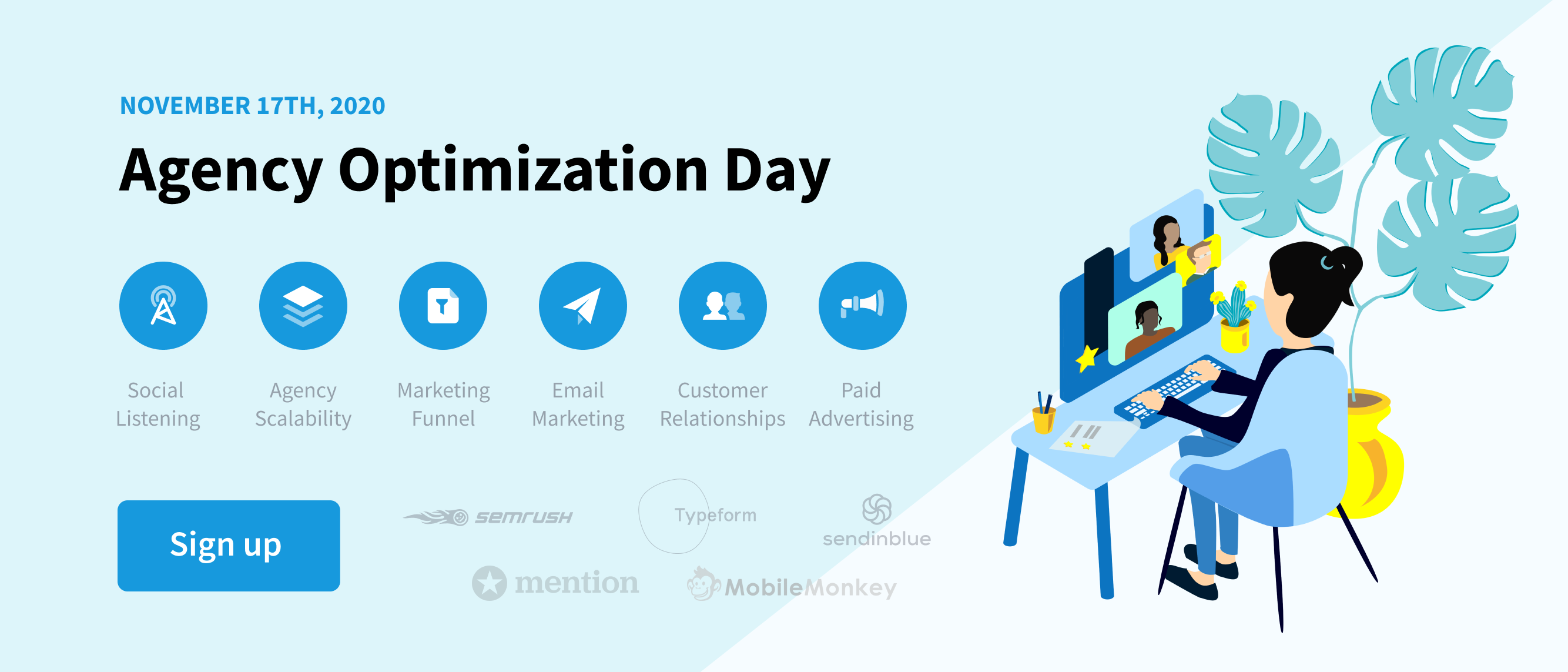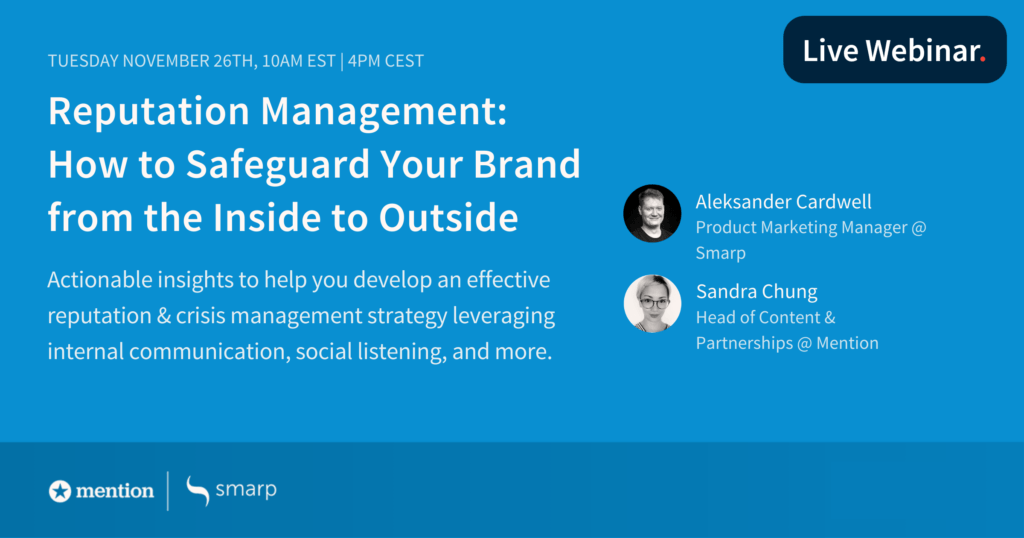We spend money on getting people to our
website, visitors spend eight seconds on the page and 98% will never return.
Boy, that hurts.
It is especially painful for SaaS businesses
because of their lengthy sales funnels and high acquisition costs.
A while ago our marketing team at Linkody
decided to gather data on how to attract visitors, move them down the marketing
funnel and make sure they love using our tool. What we found out was extremely
valuable for us and every SaaS business out there.
But before we get into the details, let’s go through what retention rate optimization is and how data can be helpful in improving it.

What is retention rate optimization?
Retention rate optimization is the process of
improving the rate of customers returning to use your services.
It sounds like something you should be doing,
right?
In numbers it looks like this:
- According to a study from Unbounce, only 4% of your website’s visitors will “convert” — i.e., do whatever you want them to do. In Linkody’s case, it’s 8% of everyone who takes the free trial. So, if we want eight people to try our free trial, we have to get 100 to land on our page.
- The retention rates of different industries are hard to predict, but, in our case, we are generally able to keep these eight people for a month. Afterward, this will happen: 4 to 5 people will unsubscribe. But 3 to 4 will try our paid plans, from which only 1 to 2 subscribers will keep paying for more than a month.
This means that only one or two people out of
100 will keep paying to use our services. Naturally, improving this number is a
big priority for us.
This is where retention rate optimization
comes in, trying to boost your profit on every potential customer who lands on
your page.
Now it’s time to explain the path we took.
Behavior analysis
First of all, you need to understand your
customers’ behavior:
- Why did they leave after trying the free trial?
- Why did they leave after trying the paid plans?
The best way to test your assumptions is
simply by talking to your customers via emails, calls, live chats or Skype
calls. Anything will do.
One low-key method that Linkody’s marketing
team tends to use is Hotjar’s Poll. To set it up, you simply implement a small code
snippet — similar to setting up Google Analytics — and set up the question
sequence.
It
looks like this: the question is triggered a few
seconds after you visit a page.

Ask simple, open-ended questions and soon you
will have a lot more insight into why your customers do what they do.
Get ready to monitor data
Google Analytics won’t cut it in delivering
insights into customer behavior you need. You will need a funnel and event data
monitoring software to help to visualize your events.
In this situation, Kissmetrics is the perfect
tool for this job.
Setting Kissmetrics up is a bit more technical
than setting up Google Analytics as you have to assign tracking to every event
you want to monitor. Follow these instructions to set up Kissmetrics
successfully.
Now, what’s great about behavior analytics’
tools is that they offer easy-to-schedule demo calls, in case there is
something you struggle to understand.
Once everything is set, let’s see how we can
use this data to improve your retention.
Understanding the funnel report is the
first step towards understanding why and when people move from one step to
another. It gives you a person-based data that lets you identify people and
actions they take. Furthermore, you can see the last interaction of a potential
customer who left your site without signing up.
You could use this data to improve your
email campaigns or as a basis for a proactive approach. A simple chat with
these people could help you understand why they decided to take their business
elsewhere.
To get the most out of your report, check
out the different segments of data that are collected by Kissmetrics. You can
choose a property to get an overview of specific data like the referrer site to
understand which parts of your campaigns work in favor of your retention rates.
You can create custom properties like
webinar names to really grasp what is working for your specific business.
Customize Kissmetrics to your own specific campaigns to fully understand what
can be improved.
Improving the onboarding process
In our case, users who test different features
of our tool can be retained for longer than those people who haven’t tried such
tasks.
Designing user onboarding shouldn’t be left to
gut feeling. Instead, make sure to tailor it to the features your users find
the most useful.
Once you can track events and see the impact
your onboarding has on user retention, you can then form a set of assumptions.
These assumptions should then be tested to see if iterating your onboarding can
improve your retention rate.
Retention rate analysis
For example, we discovered that people who
used a key feature of our tool have a retention rate of 20.1%.

This
key feature was also the first step of our onboarding.
The second step for our customers was to
connect our tool to Google Analytics. As it turned out, people who did add Analytics features stayed active users
of Linkody for an average of 12 days, with a retention rate of 7.69%.
In comparison, users skipping this step have a
1.65% retention rate.

We kept exploring the actions people took
using our tool. Interestingly, people who used the disavow feature of our tool were much more likely to return — this
cohort’s retention rate for 12 days was stunning 10.2%.

We had a
24% retention rate increase just by suggesting a few spammy backlinks to
disavow.
If you spot such discrepancies in your users’ behavior,
I can only advise you to challenge your existing onboarding with A/B tests.
From a free trial to a paid plan
Once you’ve identified key retention actions,
you can comprehend which actions are worth pursuing.
For example,ProdPad gamified their 14-day free trial by
giving extra “free days” for each action people performed on the page.
This makes sense.
Giving free
days away will not help you to sell your product if your users don’t use
the features that are relevant to them.
You can take this one step further and
investigate which actions increase the chance of people switching from free
trials to paid plans.
Have a look at the data on activities that
improve conversion rates between steps in your funnel. In this case, it is
about customers moving from free to paid plans.

We discovered that people who linked Google
Analytics to our service were 32.5% more likely to use paid plans, compared to
those who didn’t link.

This is what we found using the same
correlation for the cohort that used our disavow tool:
The disavow
tool is seemingly so crucial to our retention rate that it more than doubles
the conversion rate from free to paid plans.
Once you start seeing this kind of data, it’s
time to test to approve or disapprove
your assumptions.
There are many ways to test your assumptions.
For example, you could involve your team,
adjust your onboarding and gamify your free trial.
Or… you could use Facebook ads.
Setting up Facebook for
retargeting ads
Facebook offers amazing retargeting
capabilities, allowing you to target any specific action that a specific group
of people took.
First, clearly lay out the actions people can
take on your site. Once you know the impact these actions have on retention you
can make sure people use your tool to its full capability.
What’s more, I will show you how to display
ads after almost any event taking place while people use your tool.
First, let’s start by setting up the tracking.
We will need to implement two things:
- A Facebook pixel — here’s the guide that will walk you through it.
- Event tracking — here are the codes to implement for facilitating event tracking.
Creating audiences
Once that’s done, you need to define the
specific audiences that you wish to target.
Every event that occurs on your site is
tracked by Facebook’s pixel and people who fall into specific categories can be
shown specific ads.
We know our highest retention rate came from
people who had used the disavow tool.
Moreover, we know there were quite a few people who didn’t do that.

To start, head over to Facebook’s business
manager, (1) then to Ads Manager (2), and finally, click on Audiences (3).
There you will be able to create cohorts or
“custom audiences” (1). Next, create a custom audience based on “website
traffic”.

Then you will have to define the event. In
this case, we want to target people (1) who visited in the last 30 days (2) Our
“dashboard” (3). Specifically, the ones who didn’t use (4) the “disavow” tool (6) in this period of
time.

Make sure to exclude the other groups of
people. There is no need to show ads to people who have already done what you
will be asking them to do.
Showing ads for the right audience
Now you can reach out to this cohort.
Show your customers the benefits of performing
a particular action. Teach them what this feature can do for their business.
These people have most probably not grasped
exactly how useful your tool or service is — the exact reason why others love
it so much.
A great way to educate people about this is
with video guides or blog posts. Film a walk-through or write a how-to guide
describing the benefits of taking this action.
Then head over (1) to the Ads Manager (2) and
create an ad of your choosing.


Next, select the ad’s objective: I suggest
choosing between traffic (1), engagement (2), or conversions (3).
Then, all you have to do is select the custom
audience you created before.

Done!
Now all you have to do is check if your
retention rates are improving.
This will help you to quickly prove or
disprove the assumptions you made before.
Go ahead and optimize your
retention rates
This guide can help you to get the best return
out of the money you’ve already put down. So why not go ahead and test it to
see if you, too, can boost your profits.
One thing to note is that this is just one test. In most cases, retention optimization will be an ongoing process.

Be in the know 📥
Sign up for The Mention Memo
Get the latest and greatest digital marketing
+ social media tips every week!
